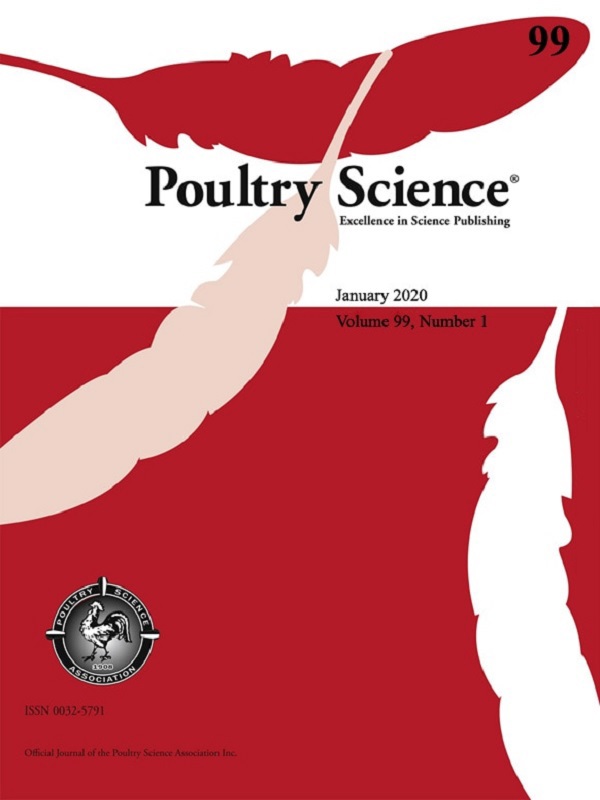The effect of reducing dietary calcium in prestarter diets (0–4 D) on growth performance of broiler chickens, tibia characteristics, and calcium and phosphorus concentration in blood
2020 Poultry Science 99:4904–4913

Abstract
During the incubation period, the Ca-to-P weight (mg/mg) ratio in the yolk increases from 0.26 on day 0 to 0.92 on day 17.5 and to 2.9 at hatch. Moreover, the absolute Ca content in the yolk increases by 41%, whereas P content decreases by 87%, from day 0 to the day of hatching. Thus, at hatch and during the first days after hatching, there are high reserves of Ca relative to P in the residual egg yolk, risking hypercalcemia and hypophosphatemia. A growth performance study was conducted to explore the effects of reducing dietary Ca content in the prestarter phase (0–4 D) on BW and bone mineral deposition during the first days after hatch and at market weight (day 37). Four prestarter (0–4 D) diets were formulated to have 0.4, 0.6, 0.8, and 1.0% Ca content. After the prestarter phase, all birds were fed with the same commercial diets based on a 3-phase feeding program (starter, grower, and finisher). Growth performance (BW, ADG, ADFI, and feed conversion ratio [FCR]) was monitored throughout the study, and blood and tibia bone samples were collected on specific days. On day 4, BW and ADG decreased with dietary Ca contents higher than 0.6% (P < 0.05), but there were no differences in BW on day 14 onward (P > 0.10). For the overall study (0–37 D), there were no differences in ADG and ADFI, but the FCR decreased with lower Ca contents (P < 0.05). On day 4, there were no differences in blood plasma Ca concentration, but P concentration increased in the group treated with diet containing 0.4% Ca compared with the groups treated with diets containing 0.6 and 0.8% Ca (P < 0.05). Tibia ash content decreased in the group treated with diet containing 0.4% Ca (P < 0.05) compared with all other treatments at the end of the prestarter phase. Tibia ash content and tibia breaking strength, on day 37, were not different among the treatments (P > 0.10). In conclusion, during the prestarter phase, BW increased with dietary Ca contents lower than 0.6%, most likely improving Ca–P balance; bone mineral deposition was reduced in this period. On feeding with a diet containing higher Ca content, bone mineral content was rapidly recovered.